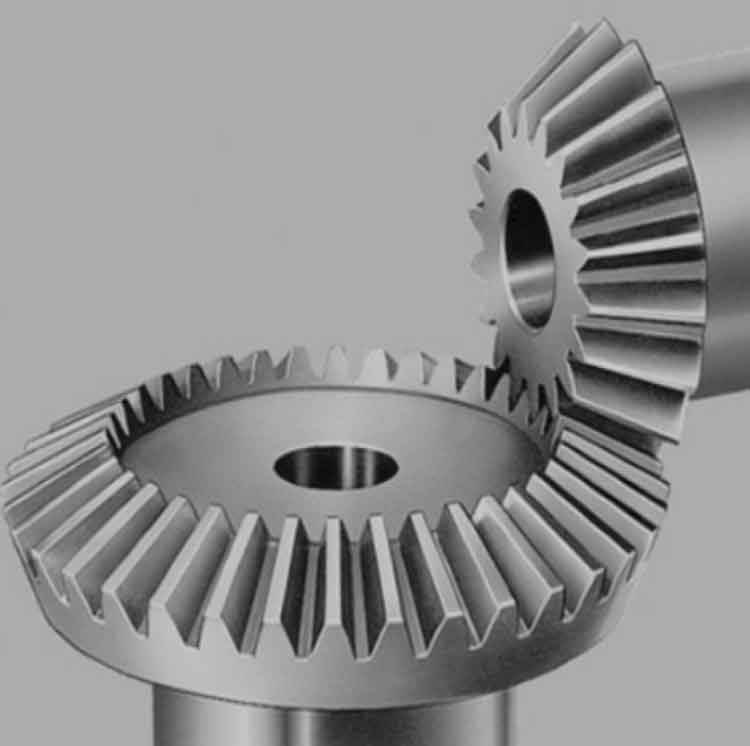
Mastering straight bevel gear design is crucial for achieving precise power transmission in various applications. Here are some key considerations and steps to follow when designing straight bevel gears:
- Define Design Requirements: Understand the specific requirements of the gear application, including the desired gear ratio, input/output speeds, torque, operating conditions, and any other relevant factors.
- Calculate Gear Parameters: Determine the necessary gear parameters such as the module or diametral pitch, number of teeth, pitch diameter, gear ratio, and tooth contact ratio. Use standard formulas or gear design software to perform these calculations.
- Select Gear Material: Choose a suitable gear material based on factors such as load capacity, wear resistance, and durability. Common gear materials include alloy steels, carbon steels, and specialty alloys. Consider factors like hardness, heat treatment, and surface finish for optimal gear performance.
- Tooth Profile Design: Design the tooth profile geometry based on the desired gear performance and standards such as AGMA (American Gear Manufacturers Association). Determine the tooth profile angle, addendum, dedendum, and clearance based on the gear module or diametral pitch.
- Gear Strength Analysis: Perform a gear strength analysis to ensure that the gears can handle the applied loads and transmit power without failure. This analysis includes calculations for bending stress, contact stress, and surface durability.
- Contact Pattern Optimization: Optimize the contact pattern between the mating gears to ensure proper load distribution and minimize stress concentrations. Adjust the gear settings and tooth modifications, if necessary, to achieve a desirable contact pattern.
- Manufacturing Considerations: Consider manufacturing constraints and processes when designing the gears. Account for factors like gear cutting method (e.g., hobbing, shaping), machine capabilities, tolerances, and surface finish requirements. Collaboration with manufacturing experts can help optimize the design for manufacturability.
- Prototyping and Testing: Create prototypes of the designed gears and perform rigorous testing to verify their performance and durability. Evaluate factors such as noise, vibration, backlash, and efficiency. Make necessary design refinements based on test results.
- Documentation and Standards Compliance: Ensure that the designed gears comply with relevant industry standards, such as AGMA or ISO standards. Document the design process, specifications, calculations, and any modifications made during the development.
- Continuous Improvement: Gather feedback from field performance and customer input to improve future gear designs. Incorporate lessons learned into the design process for ongoing optimization and enhancement.
Mastering straight bevel gear design requires a combination of theoretical knowledge, practical experience, and iterative refinement. By following these steps and considering the specific requirements of the application, engineers can achieve precise power transmission and reliable performance with straight bevel gears.
